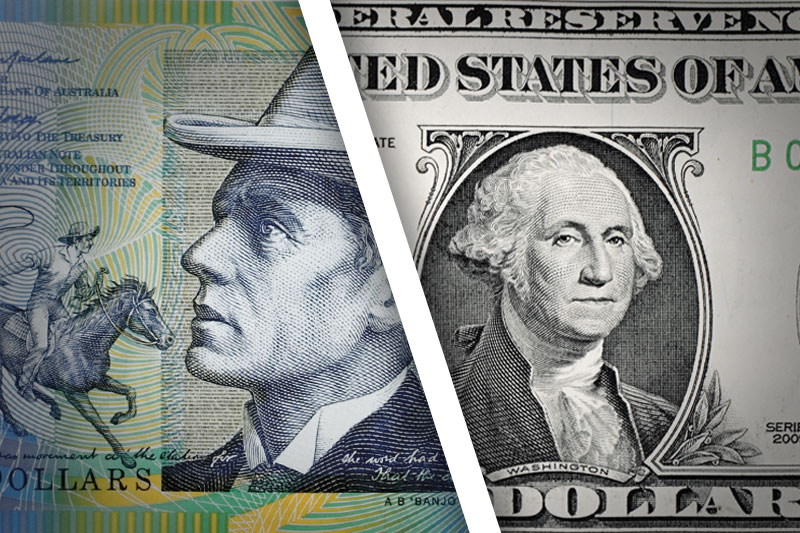Investing.com - The Australian dollar slid against its U.S. rival during Thursday’s Asian, extending what is now a prolonged bout of weakness against the greenback.
In Asian trading Thursday, AUD/USD slipped 0.40% to 0.9505. The pair could not find support at 0.9528, the low of May 29 and a one-and-a-half year low and resistance at 0.9681, the high of May 31.
Earlier Thursday, Australian Bureau of Statistics said that Australia’s trade balance fell to a seasonally adjusted AUD300 million in May from AUD310 million in April. Economists expected the May number to fall AUD220 million.
On Wednesday, official data showed that Australia's gross domestic product rose 0.6% in the first quarter, after expanding at the same pace in the previous quarter. Analysts had expected the GDP to rise 0.8% in the last quarter.
The report also showed that Australia's GDP rose 2.5% in the first quarter from a year earlier, expanding at the slowest annual pace in nearly two years.
While the Reserve Bank of Australia left interest rates unchanged at 2.75% earlier this week, the raft of weak data points out of the world’s 12th-largest economy is giving traders reason to believe more rate cuts, and thus more downside for the Aussie, are likely in the near-term.
On Thursday, Bank of America Merrill Lynch said the Aussie has more downside ahead of it, but HSBC said the weaker currency could encourage more travelers to visit Australia. That could boost the local, non-export economy, something the country sorely needs as a multi-year mining boom ebbs to a painful close this year.
Elsewhere, AUD/JPY fell 0.25% to 94.31 while AUD/NZD dropped 0.15% to 1.1957.
In Asian trading Thursday, AUD/USD slipped 0.40% to 0.9505. The pair could not find support at 0.9528, the low of May 29 and a one-and-a-half year low and resistance at 0.9681, the high of May 31.
Earlier Thursday, Australian Bureau of Statistics said that Australia’s trade balance fell to a seasonally adjusted AUD300 million in May from AUD310 million in April. Economists expected the May number to fall AUD220 million.
On Wednesday, official data showed that Australia's gross domestic product rose 0.6% in the first quarter, after expanding at the same pace in the previous quarter. Analysts had expected the GDP to rise 0.8% in the last quarter.
The report also showed that Australia's GDP rose 2.5% in the first quarter from a year earlier, expanding at the slowest annual pace in nearly two years.
While the Reserve Bank of Australia left interest rates unchanged at 2.75% earlier this week, the raft of weak data points out of the world’s 12th-largest economy is giving traders reason to believe more rate cuts, and thus more downside for the Aussie, are likely in the near-term.
On Thursday, Bank of America Merrill Lynch said the Aussie has more downside ahead of it, but HSBC said the weaker currency could encourage more travelers to visit Australia. That could boost the local, non-export economy, something the country sorely needs as a multi-year mining boom ebbs to a painful close this year.
Elsewhere, AUD/JPY fell 0.25% to 94.31 while AUD/NZD dropped 0.15% to 1.1957.
